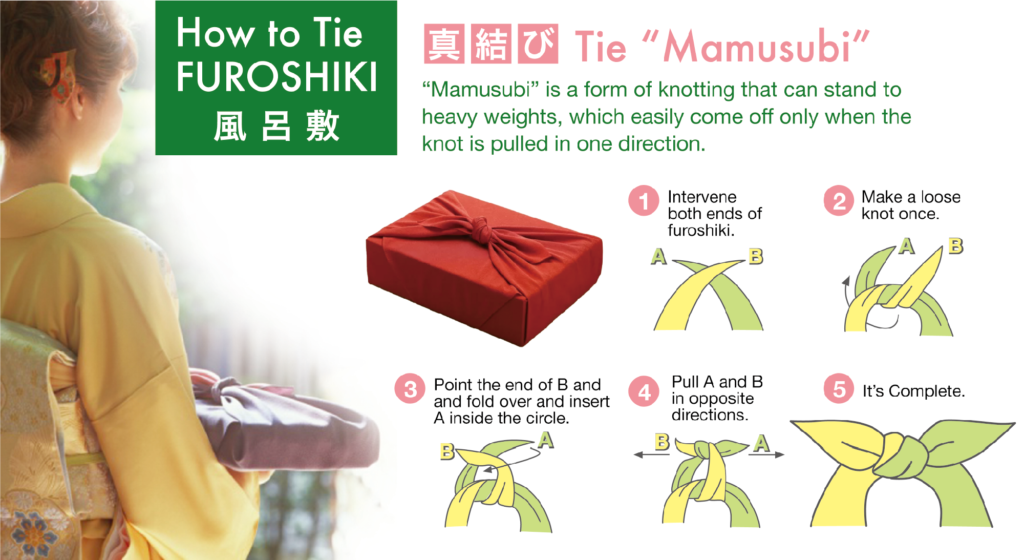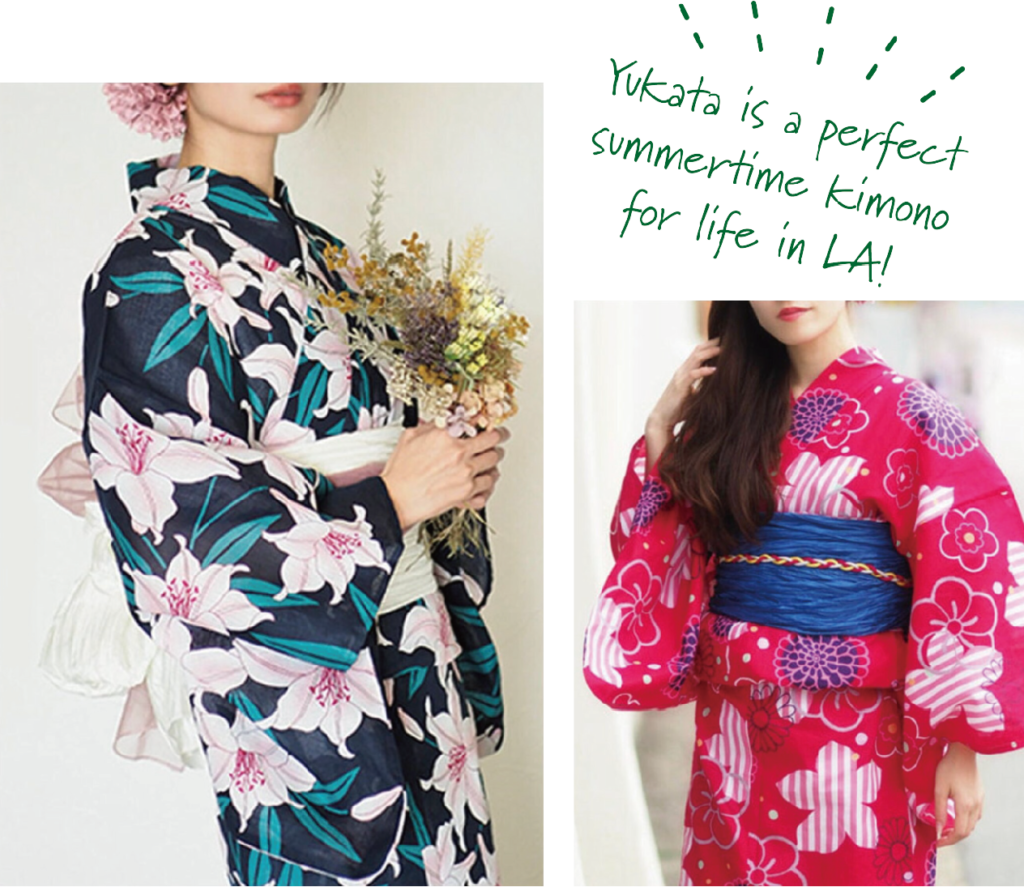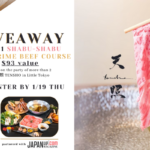
750ml. $26.50|300ml. $13.25
● Asian markets
● Takara e-com link + Asian specialty shops
Takara Sake USA
16oz $11.50|6pk $60.00
● IZAKAYA HONDA-YA (Tustin)
● KAPPO HONDA (Fountain Valley)
HONDA-YA
White Grape / Apple / Strawberry
● Japanese Grocery Stores (Daiso Japan, Marukai, Mituwa Market Place, Nijiya Market, Tokyo Central, Seiwa Market, and others)
● Amazon.com, The Feed.com, chargel.com
Morinaga America
Ribeye Steak (1.5 lb.) $280.99 (reg. $323.99)
Strip Slice (2 lbs) $424.99 (reg.$488.99)
100% authentic A5 Graded Wagyu beef from Japan
Wagyu-Store.com

For all types of celebratory occasions including birthdays, weddings, and the birth of a baby, there is a traditional custom in Japan of giving gifts known as Ochugen (mid-year Bon Festival gifts) and Oseibo (year-end gifts).
Twice a year, during O-Bon Festival and at the end of the year, daily gratitude and prayers for health and wellbeing are expressed in the form of gifts. Considering 90% of people above their 20s send out these gifts, it is a custom that is well established. Every year, about a month prior to the gift-giving season, you’ll find that department stores and supermarkets begin posting eye-catching advertisements here and there. You can send these special gifts to your parents, relatives, bosses, clients, teachers and marriage go-between. They should be given without expectations of receiving in return, to express your heartfelt consideration and sincerest gratitude.
The Oseibo custom of giving gifts at the end of the year was originally established during the Edo period as a way to make an offering to the God of the New Year. Because Oseibo is given at the year’s very end, it is usually considered more important than Ochugen. So those planning to send out one gift should choose to send it during Oseibo season, and those planning to send out two gifts can choose to send something of higher value for Oseibo.

The most common types of gifts are foods and beverages. For Ochugen, beer is the most common gift, and for Oseibo, marine food products, processed meats and sake are the most popular items. Foods and beverages are popular choices for gifts because they are considered to be most practical and likely to please everyone. Although gift certificates are said to be the most desirable gift, senders tend to feel that they are not as personal or as expressive; therefore, it is still not a very common choice. You also need to be careful when you choose gifts for your seniors and superiors; certain choices such as gift certificates and undergarments are considered impolite. If you are unable to give the gift directly in person, you can send it enclosed with a greeting card using delivery services from a department store. In this case, however, you must also remember to send a separate gift invoice that will arrive at around the same time as the gift. On the gift’s packaging you must attach a red and gold bowknot Mizuhiki (decorative paper strings) and noshi paper; and on the front, above the Mizuhiki, write Ochugen or Oseibo, and below the middle, the sender’s name in smaller letters. When you receive an Oseibo from somebody, usually a simple thank you letter is enough to give in return. However, if the gift was sent to you with intentions to deepen the friendship, rather than as an expression of gratitude, it may be a good idea to send back a gift that is roughly the same price.












